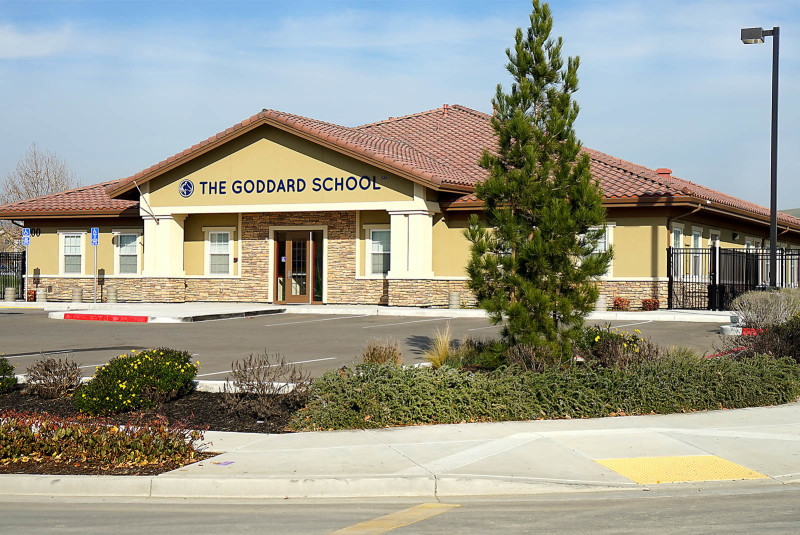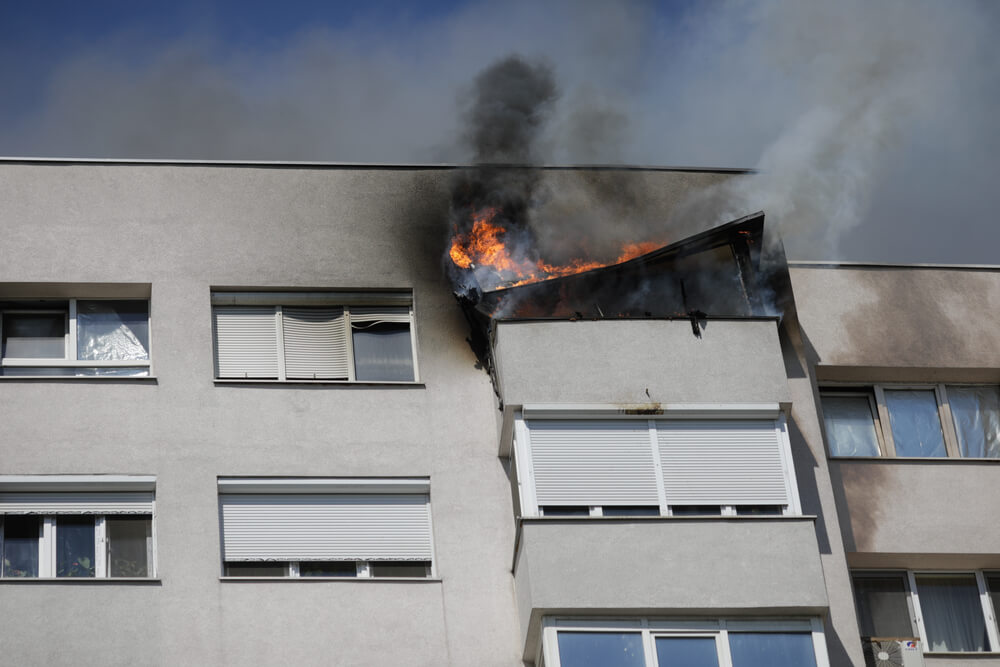A technique called fire blocking in homes and buildings helps prevent the spread of fire. It involves filling in various types of gaps in walls, floors, and ceilings. Here are key points homeowners and building owners should know about fire blocking importance.
Reasons for Fire Blocking
The use of fire blocking has become standard for new construction. Some of the places in a home where this treatment to block fire from spreading is necessary include the basement, remodeled or added rooms, and areas with piping and wiring. Areas where materials are added to fill gaps are called fire blocks.
Flames and smoke can spread rapidly through gaps, which is why it’s important to fill them. This type of treatment can either slow down or stop the spread of flames and smoke. It’s based on the concept of diminishing movement of flames in a vertical direction. Reducing horizontal movement of flames and smoke, which is often needed for drop ceilings, is known as draft stopping.
Construction clients often need fire blocking, whether they are concerned about fire safety or not. Fire blocking is now widely a requirement for most framing inspections, although draft stopping is not always necessary, depending on the level of fire risk. It’s important to check the fire blocking code in your state to ensure compliance.
How Fire Blocking Is Applied
When you decide to implement fire blocking in your structure, you should consider options for materials. Each project has its own specific needs, so you need to consider what type of materials work with the local building codes and its geographic location. Other factors include how easy the material is to cut, installation considerations, and the degree of certainty the fire blocks can pass inspection.
Common materials used for fire blocking include wood, drywall, particleboard, millboard, wool blankets, and glass fibre. Insulating walls with cellulose adds to protection against fire. Attaching material between wall frames and the foundation helps fill gaps. The width of the material should be about 4-5 inches, even in small gaps where fire can spread easily. Horizontal double 2x4s are commonly used on vertical studs to fill cavities.
The material should be cut with an appropriate tool according to the size of the gap to ensure it is filled sufficiently. The material should fit tightly in the gap. Small spaces in areas of wiring and piping can be filled with fire foam, caulk, or other forms of insulation. Applying caulk can ensure air does not flow through the sealed cavity. Fire blocking should be used for holes and door jams as well as gaps.
Other Points to Remember
The need to block fire is a very important concern for drywall projects, which is why it should make the list of installation expenses. Don’t forget to factor in labor costs for installing the material. Without factoring in fire blocking expenses, it’s possible to lose money on a drywall project.
In order to keep accounting in order, it’s helpful to use project management software. It can help document and calculate costs so that details like fire blocking are not omitted. Many times, materials must be applied in intersections of joists and walls. When new construction lacks fire blocking, it’s an indication workers cut corners on the job, perhaps to meet a deadline.
Properly installed fire blocks can slow down fire speed, giving occupants more time to escape. Older homes typically do not use this treatment, making them potentially more vulnerable in a fire.
All modern builders should have a deep understanding of fire blocking importance. The use of this technique can limit fire damage and save lives. Contact the experts at Proforma Construction, Bay Area, for all your construction needs. We are available even during the pandemic.




